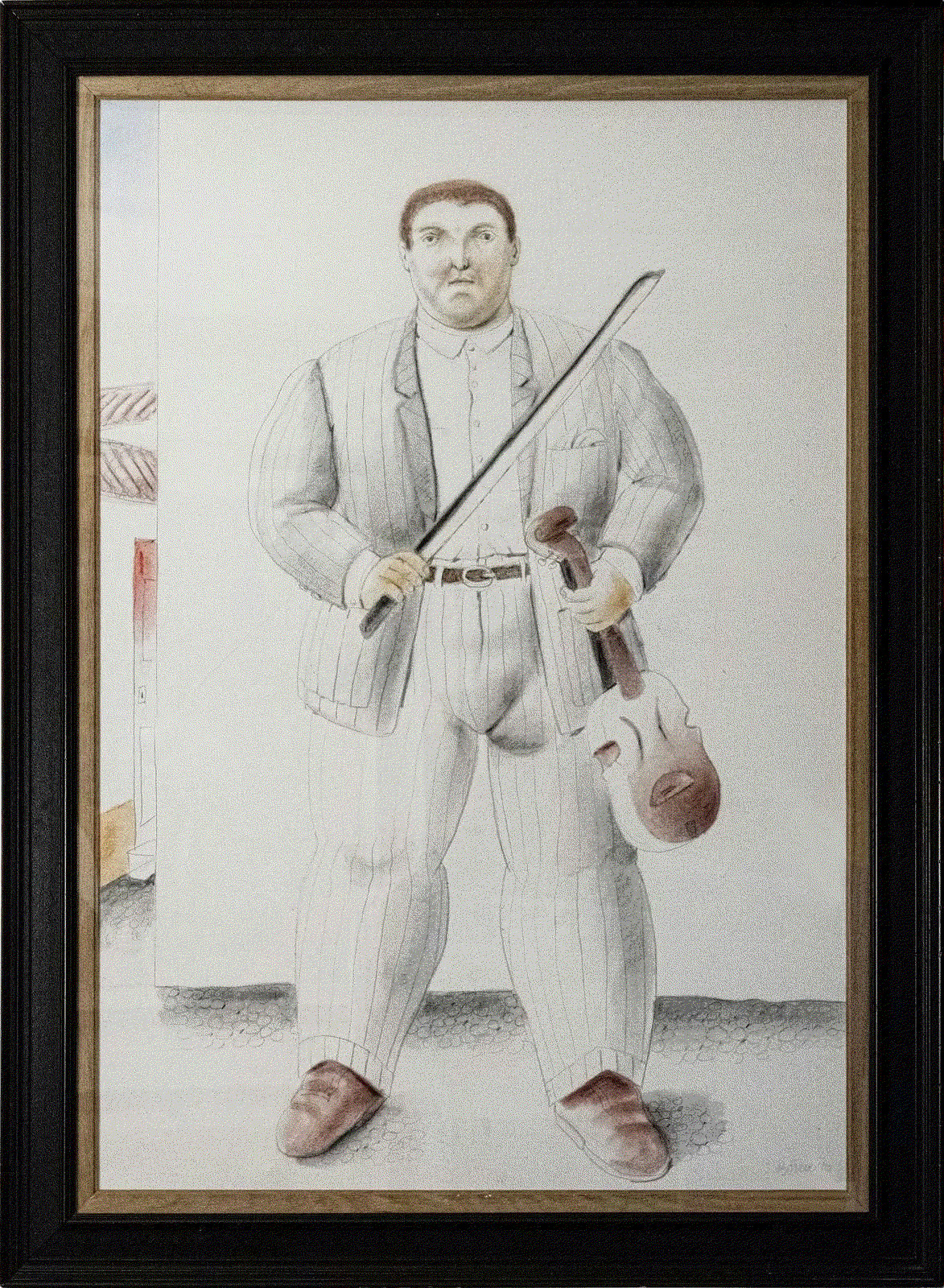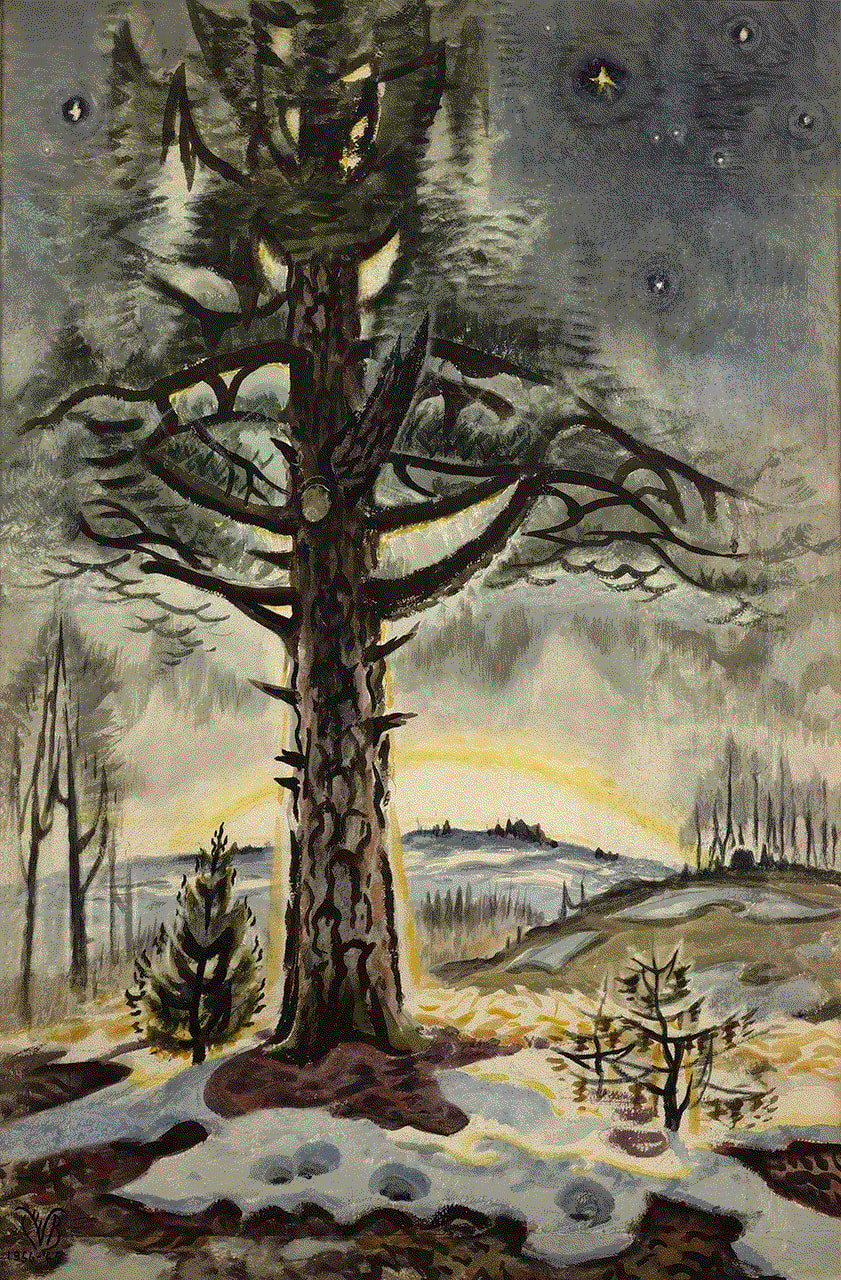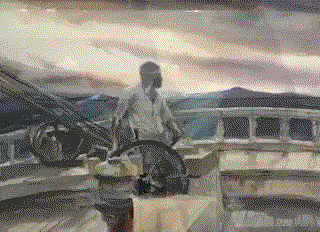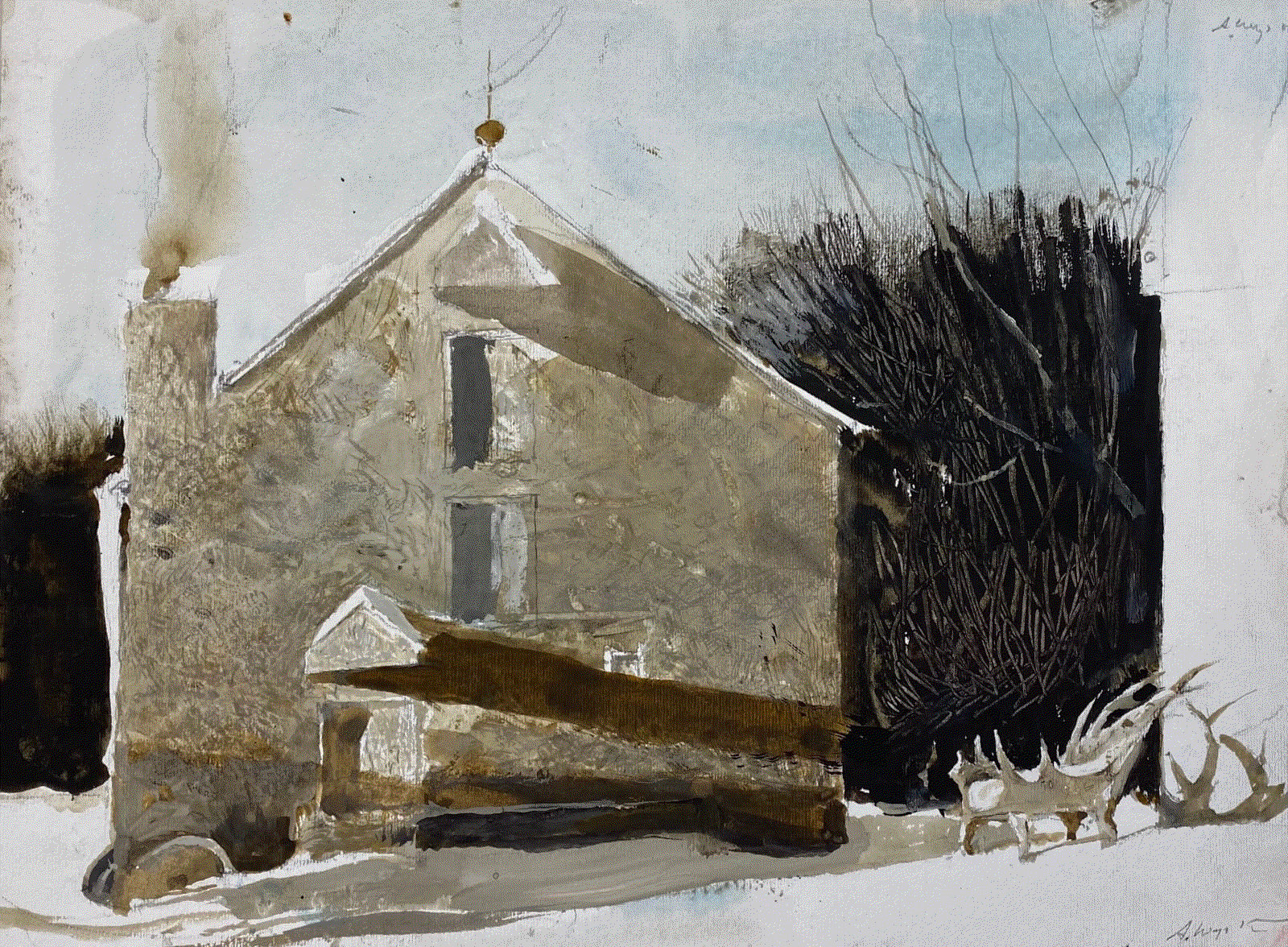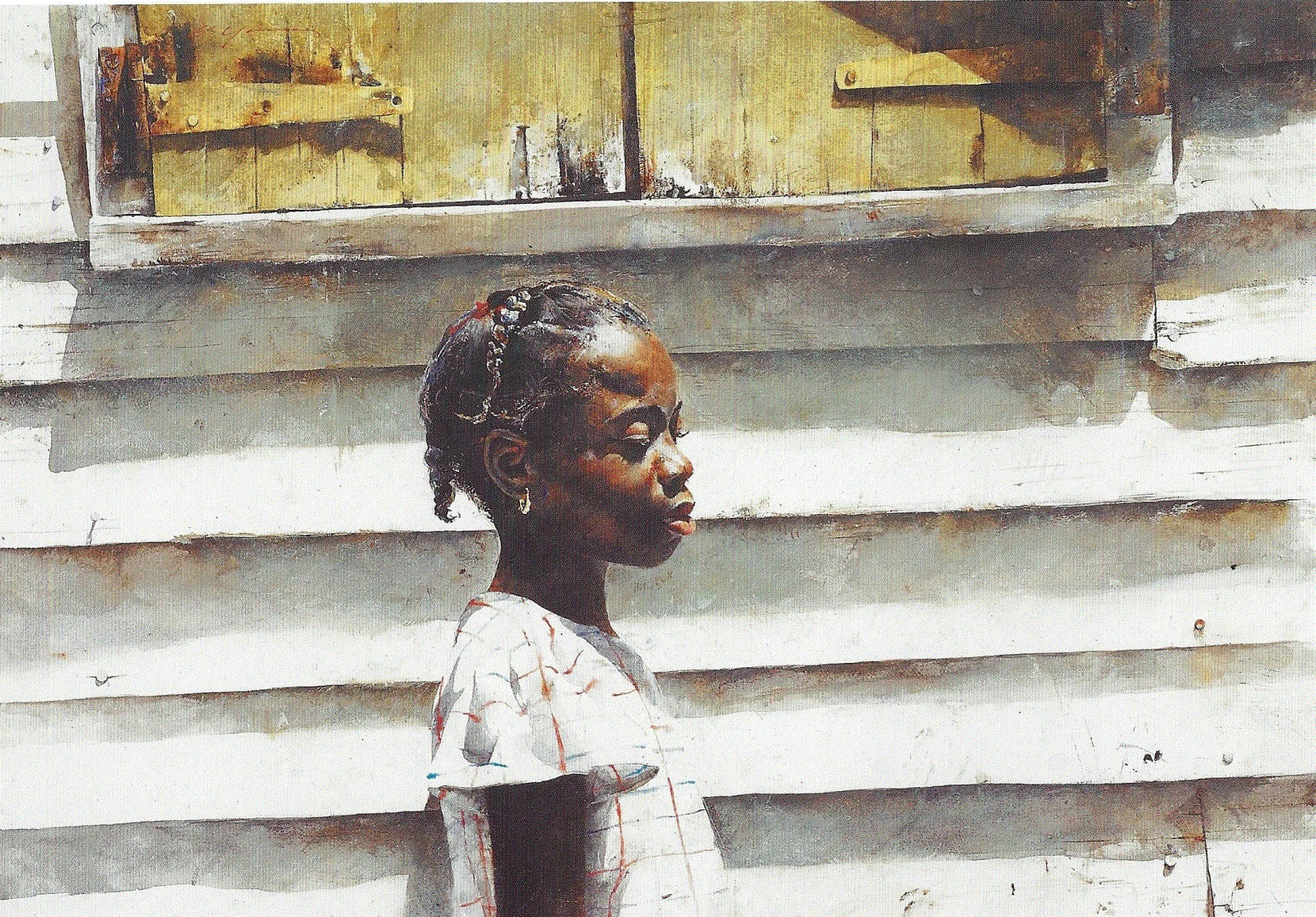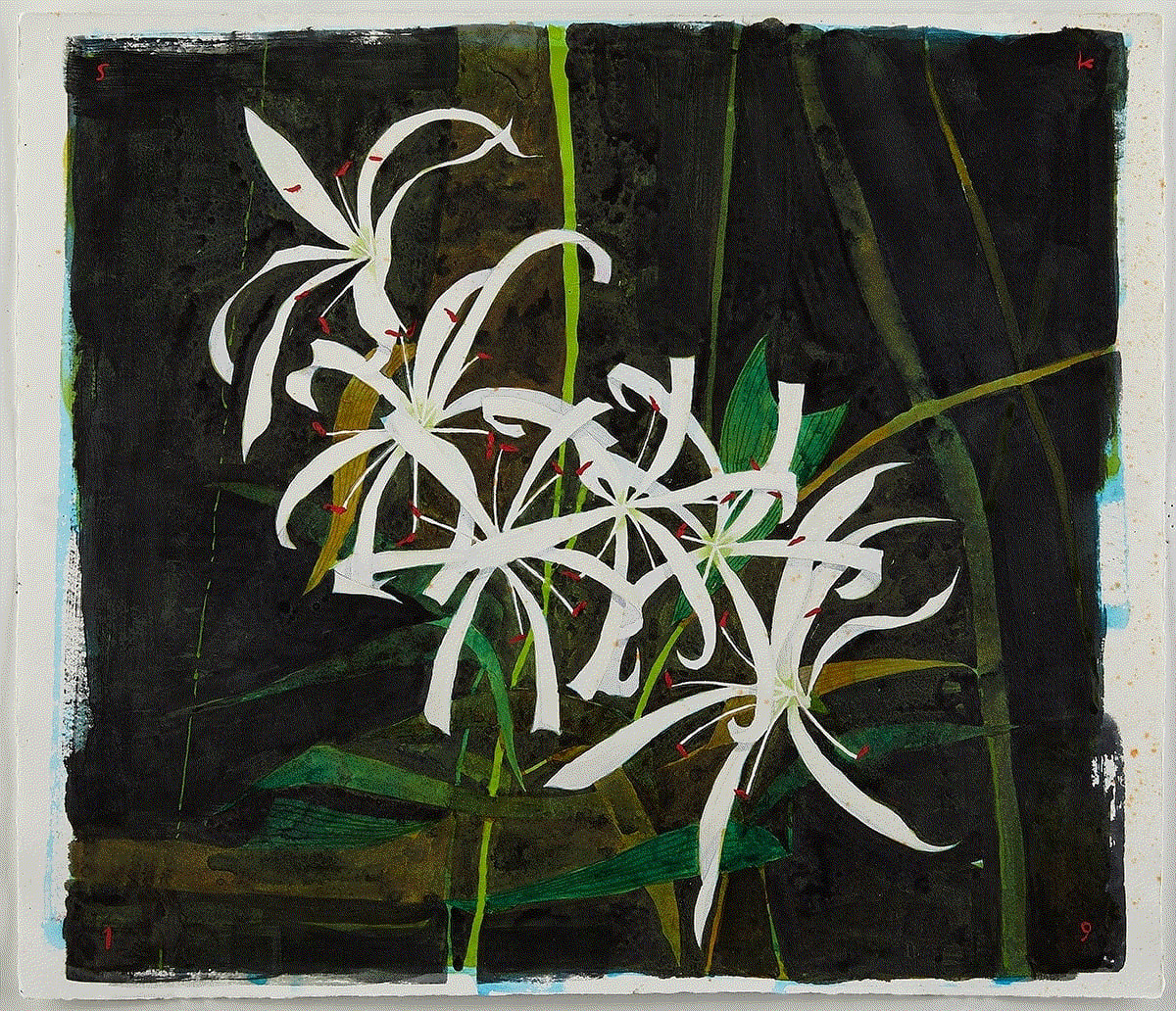My popularity has to do with the divorce between modern art, where everything is obscure, and the viewer who often feels he needs a professor to tell him whether it’s good or not. I believe a painting has to talk directly to the viewer, with composition, color and design, without a professor to explain it.
- Fernando Botero
The monumental sculptures created by Fernando Botero can be found in cities around the world from New York to Florence, Paris to Madrid, Jerusalem to Bamberg and, of course, at the Botero Museum in Bogota. His paintings are part of the permanent collections of major venues around the world, and his unique style, of rounded, sensuous forms, is called Boterismo.
Botero was influenced by great European Masters, and often painted his own versions of their work, paying homage to the great artists, with both warmth and humor.
Fernando Botero died in Monaco on September 15, 2023. He was 91. Paintings and sculptures by Fernando Botero are available at Surovek Gallery.
A current exhibit at the Getty Museum in Los Angeles, Paper and Light, explores the way in which artists use different mediums on paper to convey light.
The exhibit inspired us to look at the works of the artists in our gallery whose paintings and prints on paper are able to convey a sense of light that filters through to the viewer:
Looking at Late Winter Dawn, 1956-65, by Charles Ephraim Burchfield (1893-1967), one sees the light on the horizon, the light in the snow and, of course, the light of the stars.
On March 8, 1965, Burchfield wrote in his journal, “Chilly, damp, overcast — listless fall of snow at times —All day in studio on “Late Winter Dawn.” The most important change is the addition of stars — It now seems to “hang together” better. Bertha thought it beautiful, and refused even to consider the thought that it might still have faults.”
Late Winter Dawn is done in watercolor, gouache and charcoal, accentuating the whiteness of the paper to create the light.
Racing Against the Squall, a watercolor by John Whorf (1903-1959) captures a luminescence in the sky that is at once magnificent and terrifying. Whorf said that he began to use watercolors during his first trip to Europe. "Strange how it happened. I was living in Paris at that time and had decided to go down to Pamplona, Spain, for the bullfights. Instead of lugging around oils, I decided to take watercolors along because they were lighter and easy to carry. And ever since then, it's been watercolors.”
It was Andrew Wyeth's father who taught him to paint with watercolors. Many of his paintings, like Christina's World, were done with tempra on panel. Antler Chair, done in 1996, is a wonderful example of how the medium can reflect the light and shadows of a cold, winter day.
Stephen Scott Young (b.1957), one of America’s finest artists, and often compared to Wyeth for his skill and superb technique, captures light and feeling in both his masterful watercolor paintings and etchings. Paintings, like Yellow Shutters, and etchings by Young are available at Surovek Gallery.
Scott Kelley (b. 1963) leaves his home in Maine, every now and then, to travel and paint in the Florida Everglades. He fills his sketchbooks with watercolor paintings of the flora (like Swamp Lily, Big Cypress) and fauna of the 'Glades, with a passion that he is able to express in all of his work.
The interplay of paper and light is apparent in the works of graphite on paper by American master John Whalley (b.1954). Whalley has the ability to take an ordinary object, like Reuben's Pipe and transform it into a thing of beauty, a treasure, and one with an imagined history…and mystery.
Please contact us if you would like more information about the works available at Surovek Gallery.

